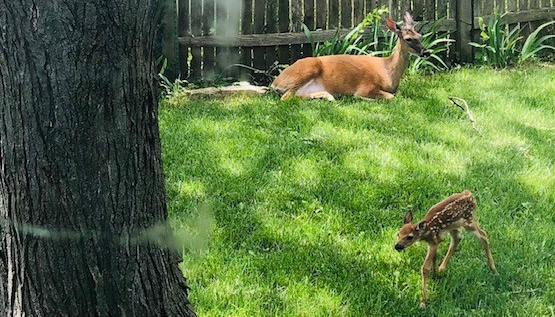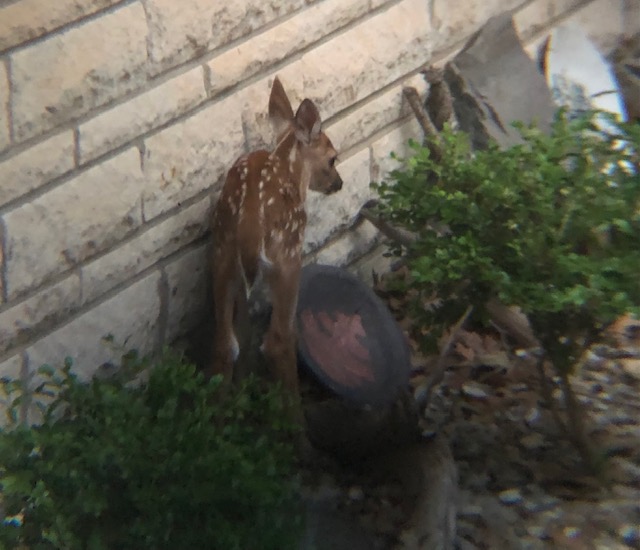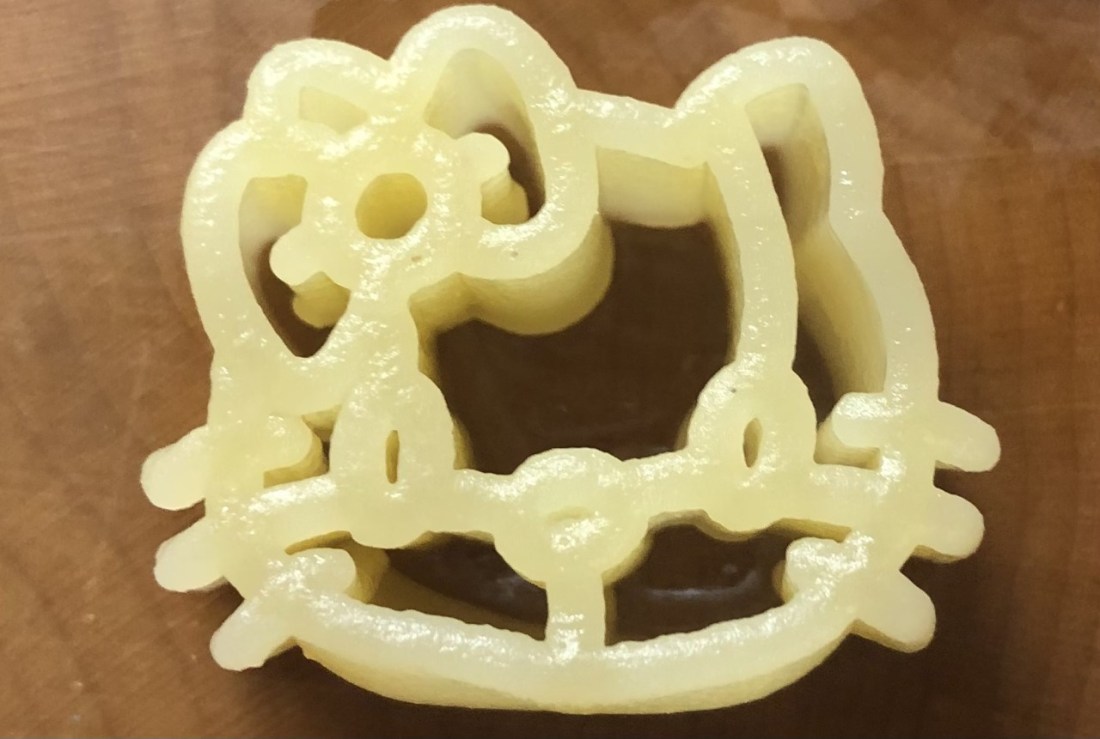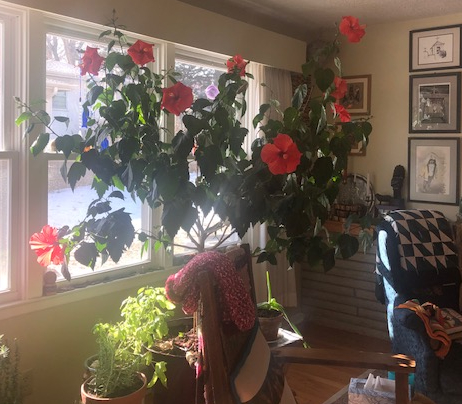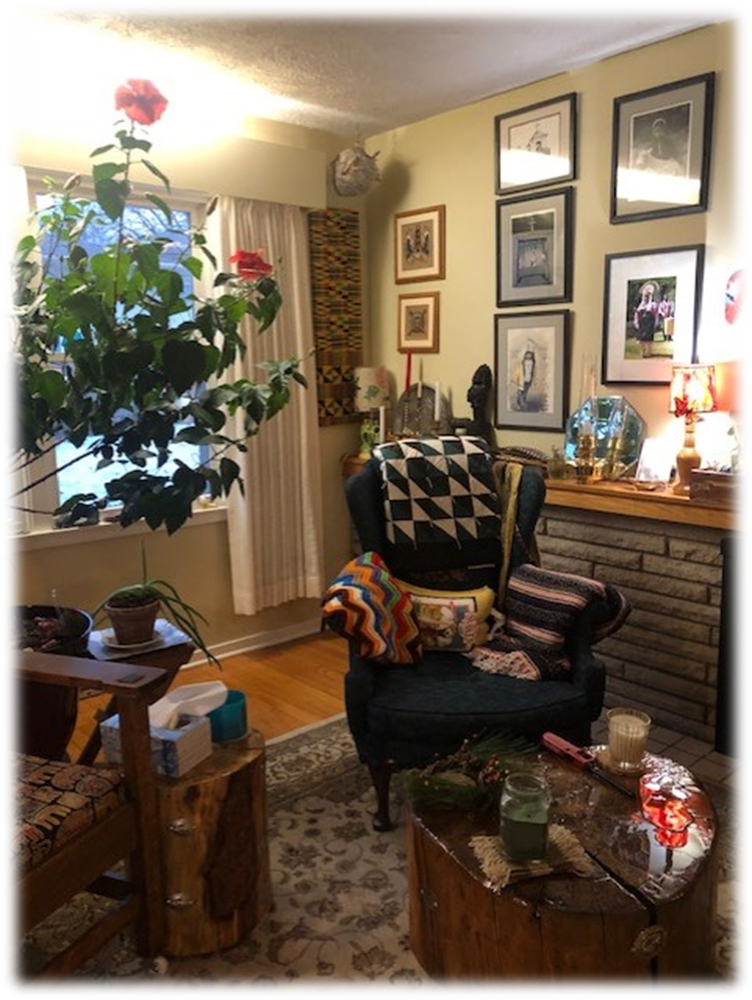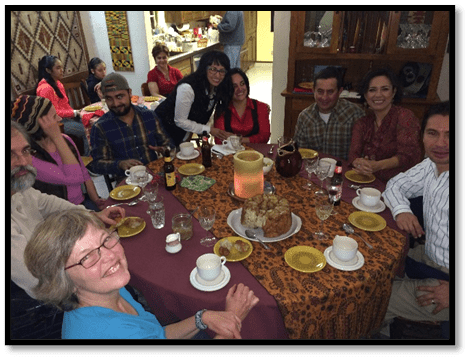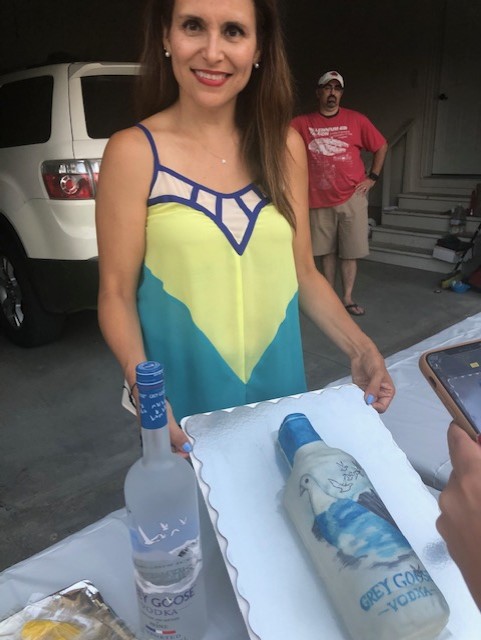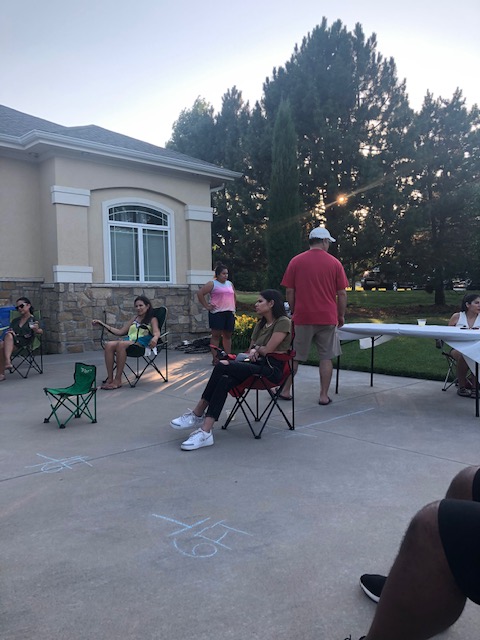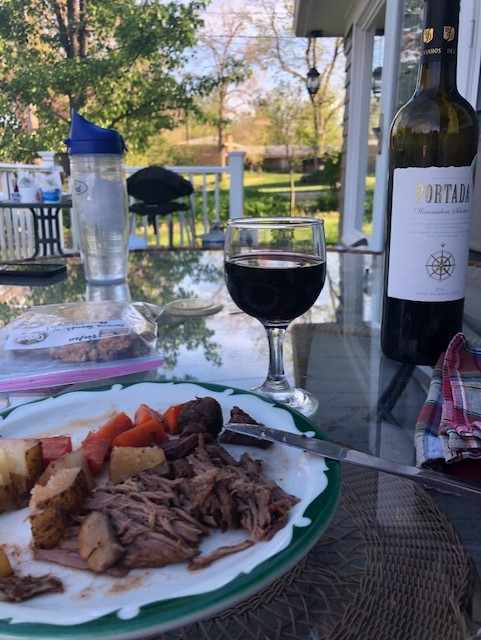My featured image shows a doe and her fawn. When I took this picture, the fawn was about three days old. The doe gave birth in my day lily bed, and she parked her baby next to the house under a ladder. Now, two weeks later, the fawn has taken up residence in my front patio. Apparently, the doe comes at night to feed the baby and graze in the yard, a bit. We stay quite aware of the little guy’s presence and work very hard not to disturb. Also, as the Star Trek “prime directive” states, “Do not interfere in a life to change its course.” Hard as that is, I continue to worry that the doe will not return to nurse the fawn, but they have the instincts for survival and do what they need to do to survive as long as there is no human intervention.
What do you do to advance self-love? Many have been socialized to believe that self-love is selfish and wrong! That is likely a Puritan ideal, which very much permeates the dominant culture in the U.S. (Settler/Colonial culture). I’m not sure if there has ever a spiritual leader who’s asked us to hate ourselves. Of course, there are many political people, who call themselves “leaders,” who tell us quite often to dislike, hate, or exclude others who are considered “different.” I am happy to ignore them in this writing. What I do mean is that when we love ourselves, it’s nearly impossible to hate others, because true self-love helps us to love others even when they are not like us.
My point today is that unconditional self-love helps us to survive many things and may even be a support when tragedy strikes, such as recent school, church, and hospital shootings. Some of my past blog posts consist of other details in self-care, such as the Art of Hygge, cooking/baking, entertaining in your friend-circles, interactions in the natural world, and other activities in which we can engage to keep us from brain wiring and emotions ryfe with trauma.
Trauma does terrible things to emotional and physical health and well-being. All of us have likely experienced some form of trauma in our lives. That may mean that we spend many hours of our lives finding coping mechanisms and acquiring coping skills. We soon realize that coping/navigating skills are a life-long learning and behavioral journies. We do not take “training” and then we finish. Check box! No. Practicing self-love takes a life time. The key word is “practice” with the idea of not attaining “perfection!” I do think self-love is a choice, and I think when we have suffered adverse childhood experiences and forms of adult trauma, we tend to loose site of our abilities to choose a positive outlook. I do know that some have brain chemistry that can “hi-jack” that choice to have a positive outlook. Those instances require that we exercise great understanding and empathy.
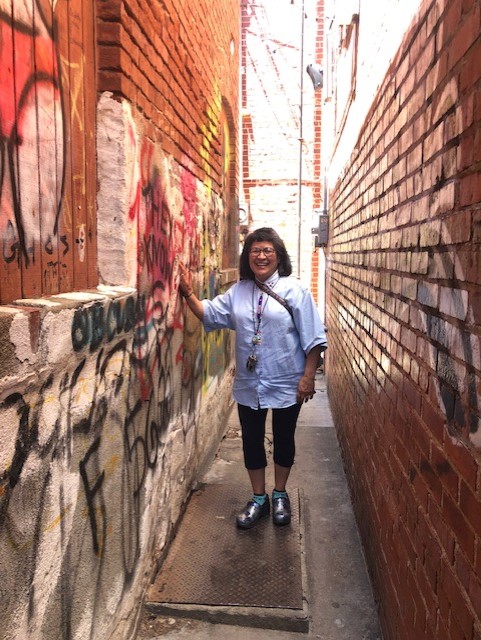
Not too long ago, I interviewed a man from Kerala, India. He’s a mathematics teacher at a high school. Mr. K has lived in the U.S. for many years. He and his lovely wife “R” have raised two beautiful daughers. This family has the most positive outlook on life of any people I know! Mr. K takes his family on excursions to visit all of the National Parks in the U.S. They know their geography very well! During the interview, Mr. K said, “You know. The world is so beautiful. The people are beautiful. The landscapes are beautiful. I believe the world is so beautiful.” It was at that moment that I realized that Mr. K lives a life of positive thinking and he will always see the best in people, in nature, and in his relationships, because he chooses to see his life that same way. I see this attitude reflected in his daughers and in his spouse, too. Mr. K models and eminates self-love and the love of others. It sounds like a simple, wonderful, and balanced way to live.
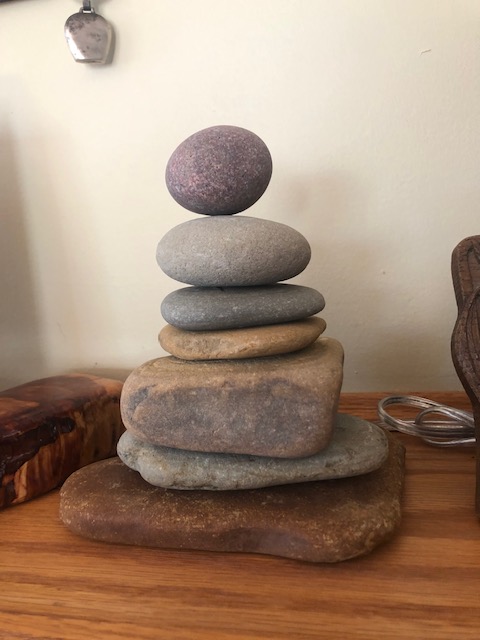
I work on the concept of balance every day. The practice comes in the form of morning affirmations, yoga stretching, and fresh air. I end my day with more affirmations and the hopes of a adequate sleep. Getting adequate sleep and staying positive throughout the day tend to be my greatest challenges. The world is hurting, and I navigate institutional inequities on a daily basis. My hope continues to be that we may strive toward a positive outlook on life, so that we may be a beacon of light in this world and its pain.
Thank you for reading my blog. Next time, I’ll write about food.
